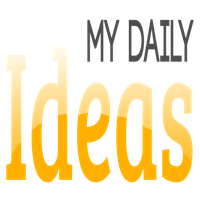Know Their Exact Intent When They Visit Your Web Page
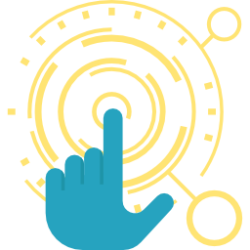
Why?
To better match what you are “selling” with what they are “buying.”
How?
If they stay on the page for a while (enough to indicate some interest), have a question pop up asking them what their intent is. For instance: “Hi. Let me help you find what you want quickly and easily. Please click on the one most relevant to you: 1. I want to buy this now. 2. I am not planning on buying right now but am looking for more information. 3. Other _________.”
Use the input to tailor your immediate response to fulfill their desire (and yours), and collect all answers for later analysis.
Scavenger Hunt Inside One Website

Why?
As a fun game, teaching and marketing device.
How?
Start with the first page. Explain how the game works and give the first lesson. At the end of the lesson give a clue as to what to search for on the site, based on what you have just taught.
They might need to use the sites search (if the found out what to search for), or complete an address (URL) to find the next step. Give small bonuses or prizes on each phase to encourage them.
Anyone (or just the first one) who completes the whole hunt gets a big prize.
The clue to the next step is always based on the last page, and the lessons learned so far.
A Curated Visit to the Store
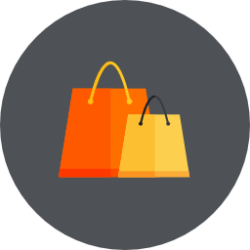
Why?
You go to a store (a book store for instance), and you are interested in a particular subject. You find the shelf you’re looking for, but there are so many options, that unless you already have some knowledge, it’s hard to decide what books to buy and in what order to read them.
How?
Make an appointment with a specialist and specify what you are interested in (for instance books about the history of science, or productivity, etc.) You’ll meet at an agreed upon time at a big store, and he will do a whole tour of the subject with you, and give you an independent advice on what to buy.
Context Sensitive Floating Ad
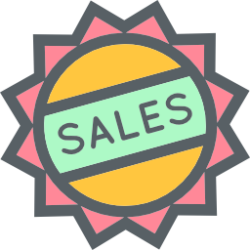
Why?
To better target ad messages to what the visitor is seeing or reading.
How?
Have an ad that floats and stays with the visitor as he is scrolling the web page. This floating ad changes based on the text the visitor is currently reading or the graphic or video he is watching. This way each ad and call to action can be very particular to the state of mind of the visitor at any given time.
Scavenger Hunt Inside a Store
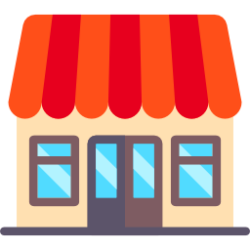
Why?
To engage the visitor and on the way offer him opportunities to buy, and make sure they have fun and leave with good memories. The last impression before they leave is the most important, so this will help them remember you fondly.
How?
When he enters the store, give him a small card with a good headline selling the first step, something like “You already have a surprise waiting for you. Just find our blue shelf.” There he’ll find the next step, maybe “The surprise is in our best selling book. You have two tries to find it. It’s on this shelf.” Inside the book there is a coupon and further teaser instructions (like: “If you want more on this subject, we have another surprise, go to our games section and look for the clue.”) Don’t only use coupons and discounts, do a raffle, give them a chance to pre-order something, just give them a small gift etc. also tell them they can ask for help from your staff.
